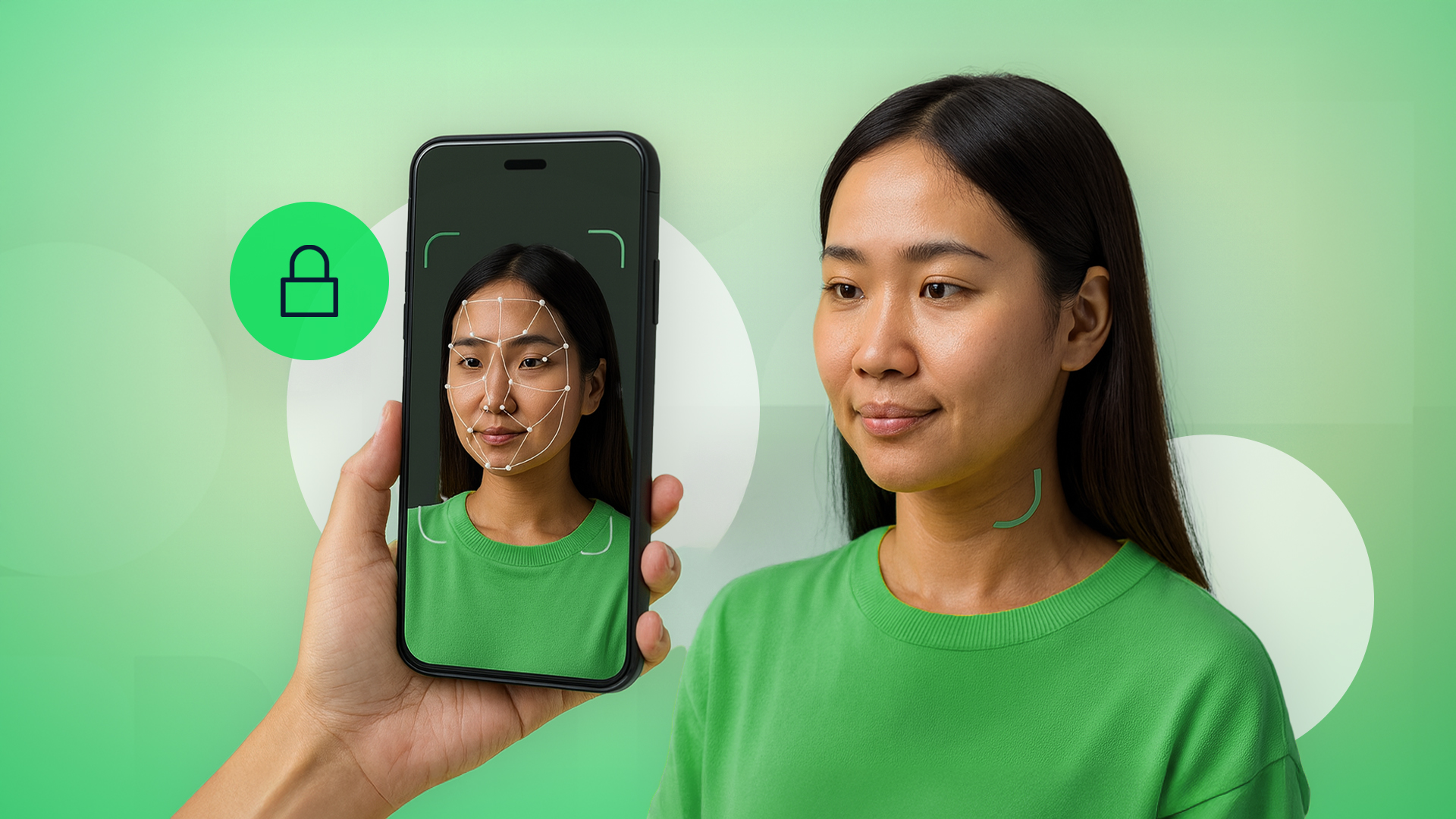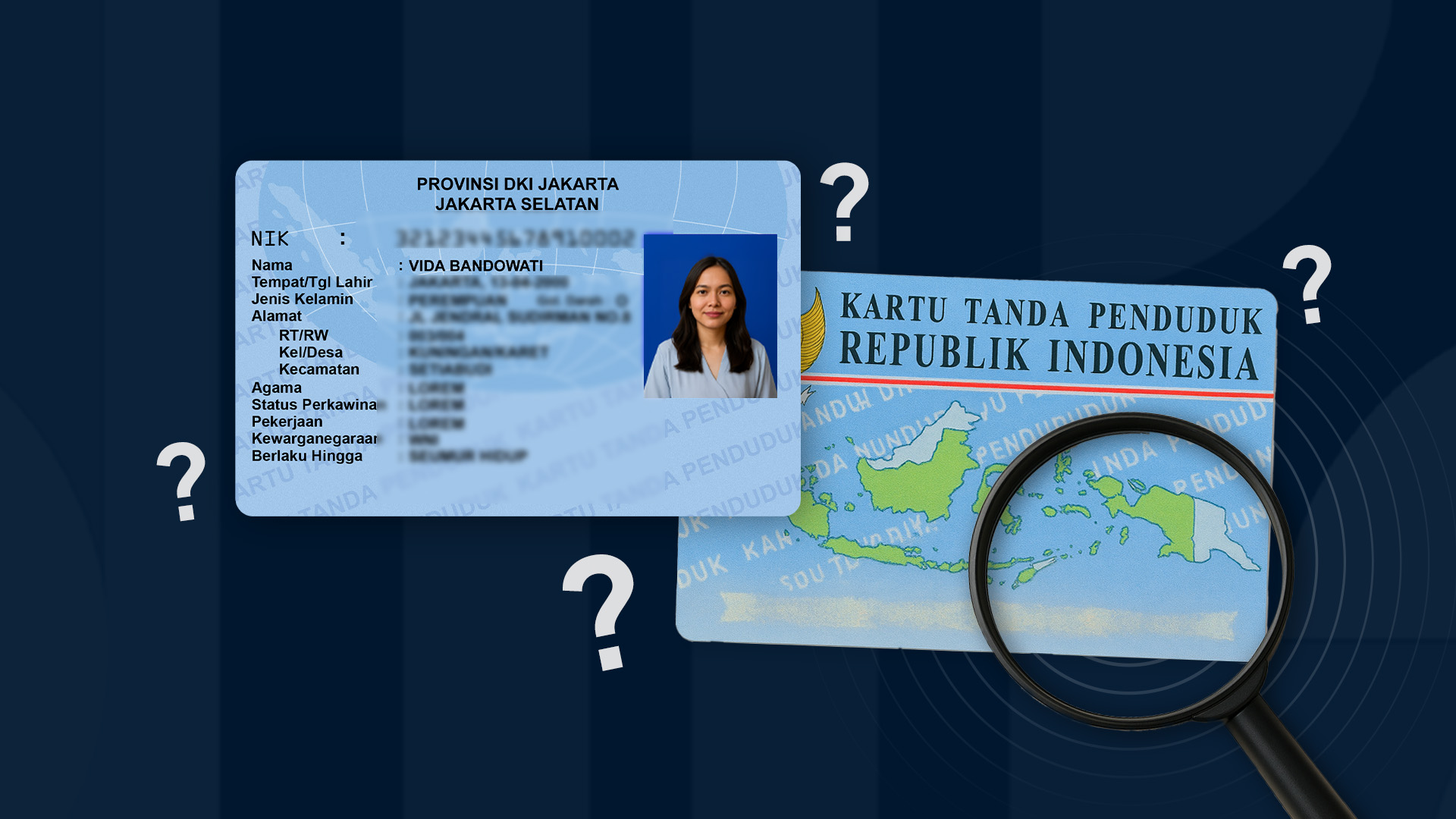Artificial Intelligence (AI) has evolved to meet needs, but It's also being used for fraud. In recent years, AI-generated fraud has significantly increased worldwide. For example, deepfake incidents have surged by 1540% in the Asia-Pacific region between 2022 and 2023. The types of deepfake includes photos and videos, deepfake audio, and voice cloning.
A Deloitte report estimates that deepfake-based fraud has the potential to cause tens of billions of dollars in losses. Meanwhile, according to Google Deepmind, impersonation, or mimicking someone, is the most frequently used tactic by cybercriminals.
Cybersecurity expert Mikko Hyppönen explains that current cybersecurity systems primarily aim to prevent attackers from entering the network. However, these systems also need security layers that can detect attacks once they have already infiltrated the network.
This means detecting and protecting personal identity from AI-based fraud attacks is not only about ensuring that transactions are carried out by the real user but also about safeguarding the entire transaction process.
Here is how AI technology can be used as a security layer to counter AI-based fraud.
Using AI to Fight AI
AI-generated fraud can no longer be combated with traditional security systems. Businesses must adopt AI-based security that can leverage algorithms trained on demographic data to identify suspicious patterns.
There are three security layers that can detect and prevent AI-generated fraud:
1. Fraud Scanner
The Fraud Scanner monitors KYC (Know Your Customer) transactions, detecting image manipulation and suspicious patterns to prevent fraud, and rejecting fake biometric data.
For example, a digital bank is at risk of being infiltrated by fake biometric data and manipulated ID card images during the onboarding process.
By integrating VIDA's Fraud Scanner, each KYC transaction is monitored. This technology automatically rejects fake biometric data and modified images during the KYC process, ensuring only legitimate users pass verification.
2. Deepfake Detector
The Deepfake Detector is an additional security layer that checks every biometric image entering the system. It detects manipulations such as morphing and face swapping. Any deepfake image threat identified by the system is immediately blocked, ensuring that only genuine images pass verification.
A fintech platform faces deepfake threats in its user verification process, where fraudsters attempt to manipulate biometric data using morphing and face swapping.
With VIDA’s Deepfake Detector, every biometric image submitted to the system is scrutinized to prevent manipulation.
3. Deepfake Shield
The Deepfake Shield uses active and passive liveness detection technology capable of blocking injection attacks. This security layer is considered the most secure as only real users can pass through it.
Also read: Injection Attack: How It Works and Impact Business
For example, an online lending service faces deepfake and injection attack threats that attempt to manipulate identity verification.
Using VIDA's Deepfake Shield with active and passive liveness detection, the system verifies the real user and blocks injection attack attempts, ensuring only valid users can proceed with the verification process.
AI-generated fraud is growing rapidly and becoming increasingly difficult to detect without the right technology. With VIDA’s AI-based fraud detection solutions, businesses can protect themselves from increasingly sophisticated threats such as deepfakes, social engineering, and account takeovers.

.png)


